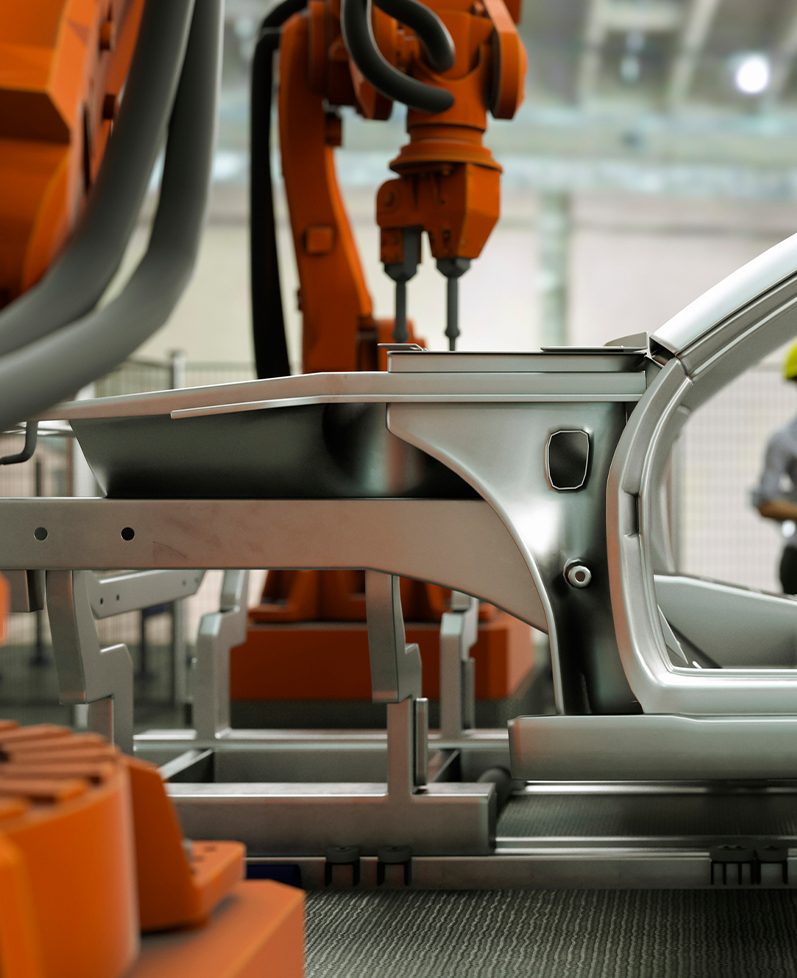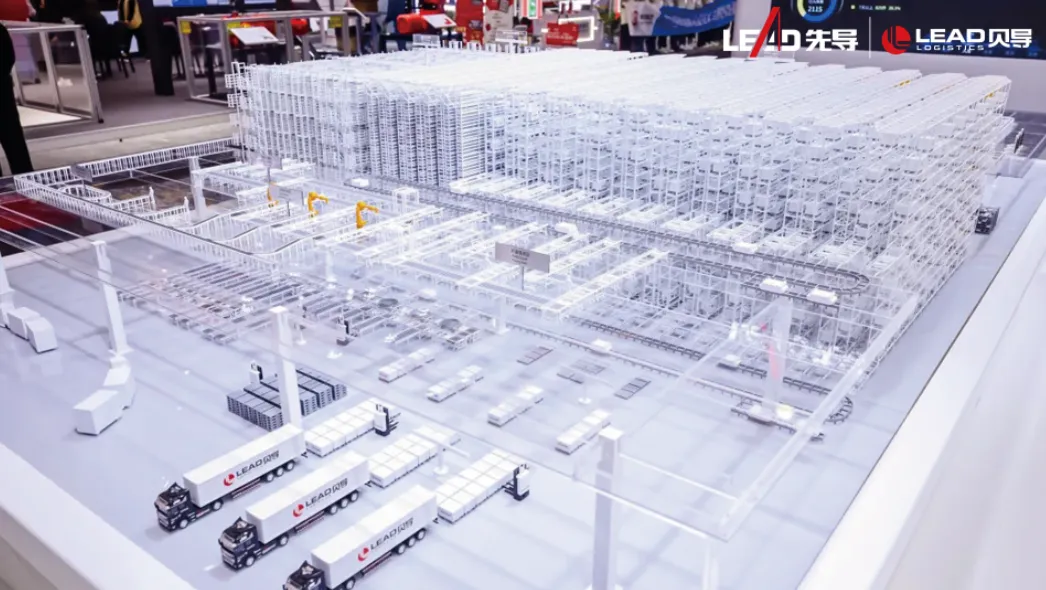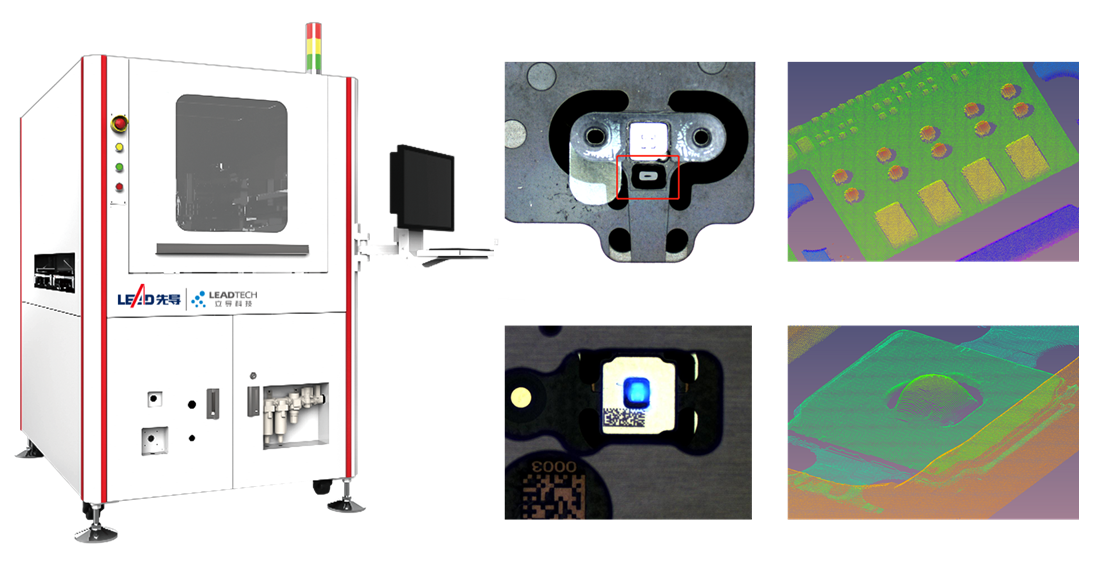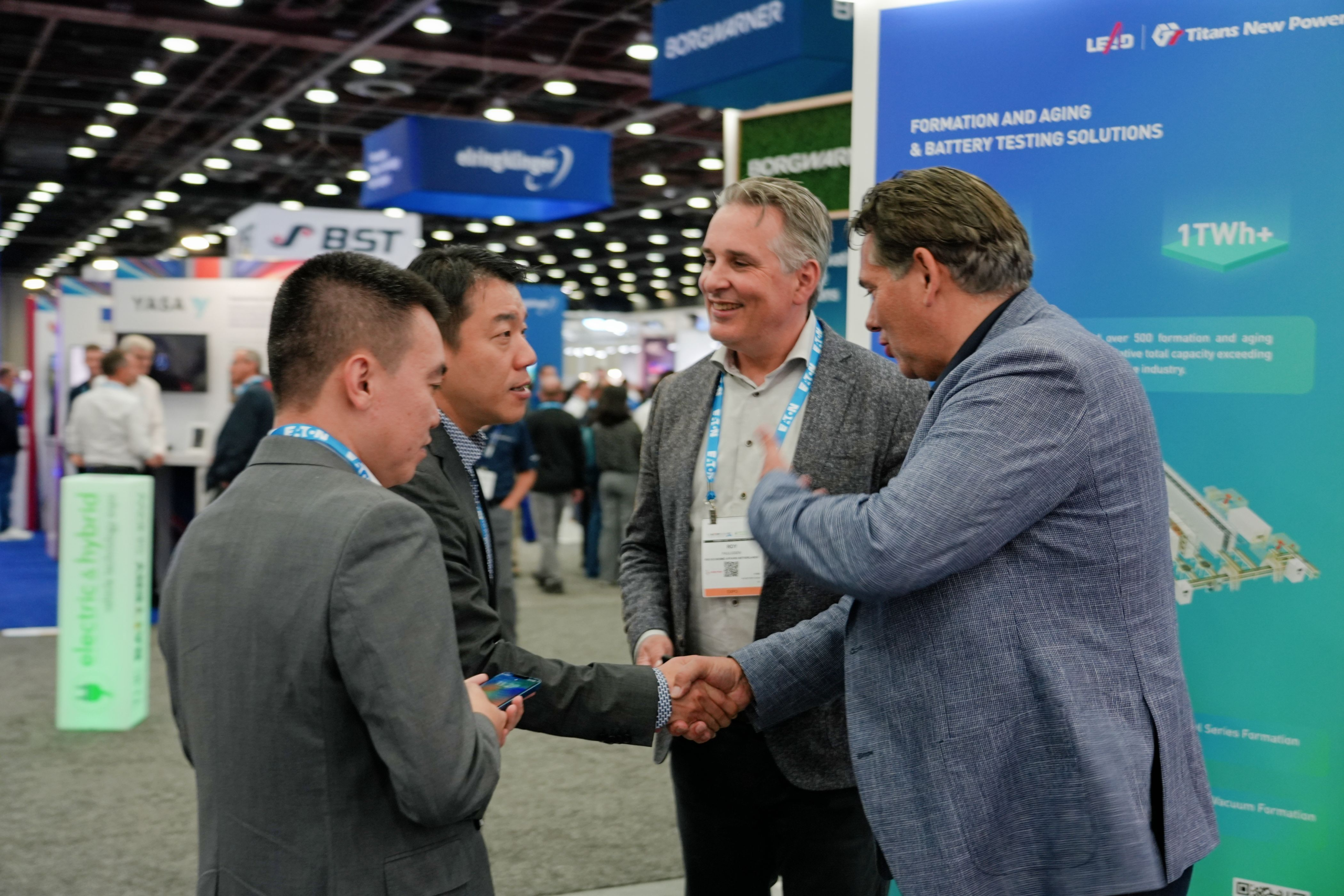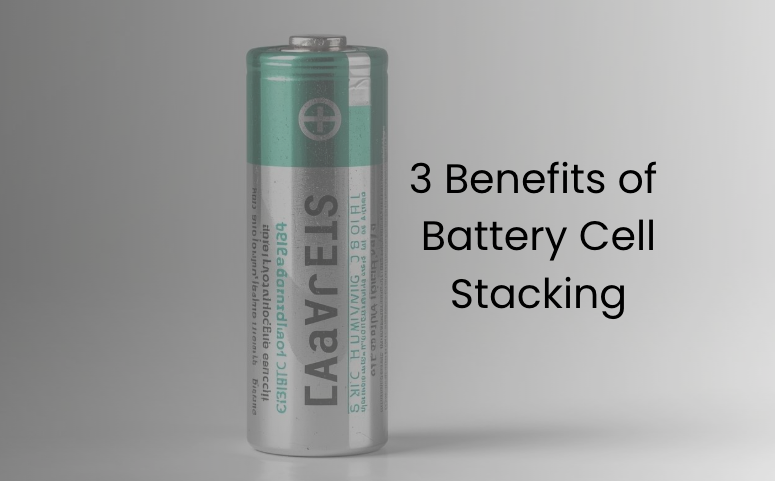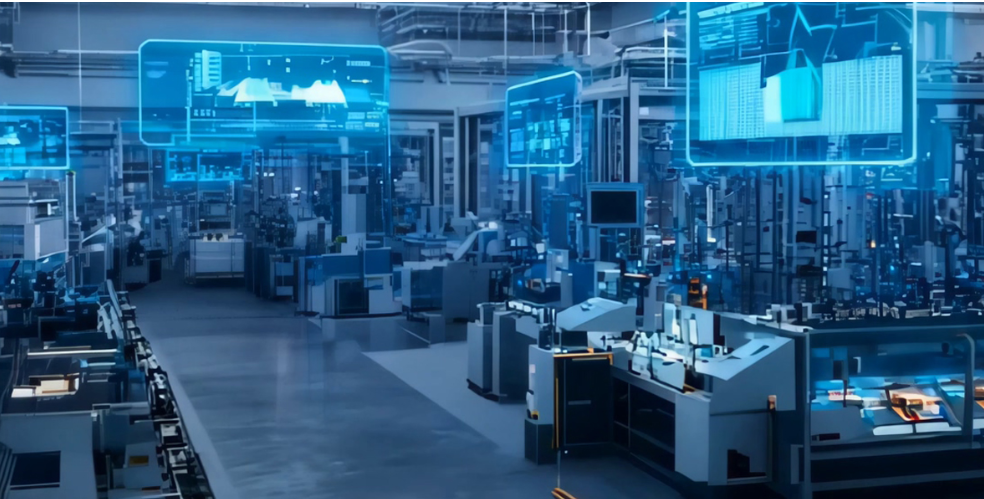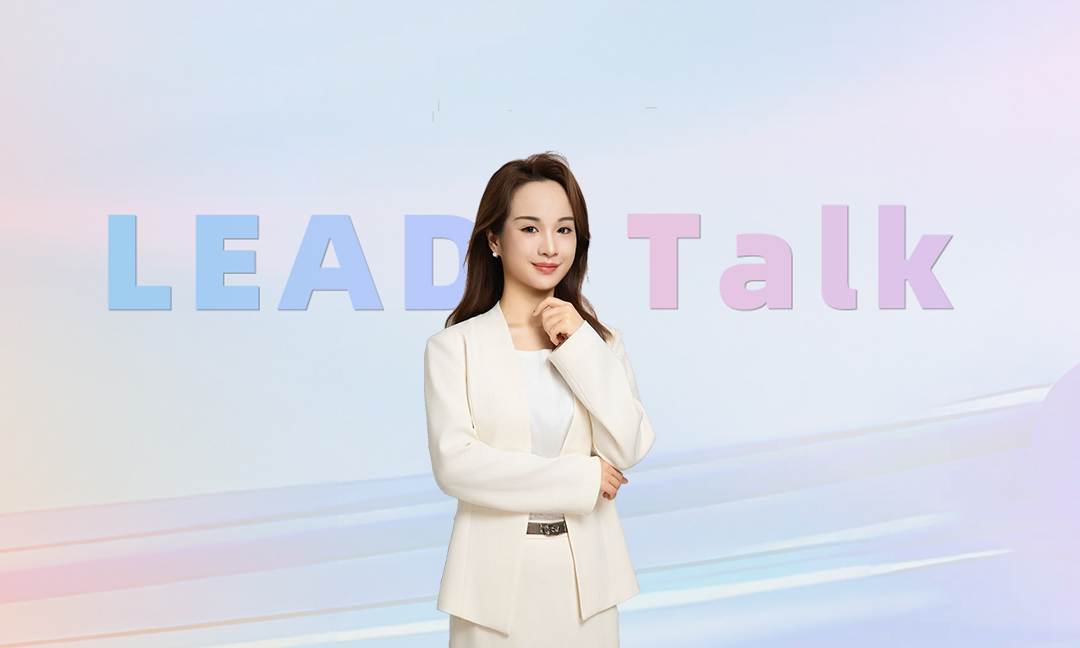
Recently, Ms. Gong Chenyu, Senior Vice President, Chief Financial Officer, and Chief Human Resources Officer of Lead Intelligent Equipment, was interviewed by the authoritative media outlet China Trade News. In the interview, Ms. Gong provided an in-depth analysis from the dual perspectives of technological breakthroughs and industrial synergy, systematically explaining how intelligent manufacturing is reshaping the international competitiveness of the new energy equipment industry.
Below is the full text of the interview.
Lead Intelligent Equipment (hereafter referred to as LEAD), headquartered in Wuxi, is a global leader in intelligent manufacturing solutions for the new energy industry. In recent years, leveraging its deep expertise in lithium–ion batteries and photovoltaics, LEAD has achieved rapid growth and become a frontrunner in China’s high-end intelligent manufacturing sector.
In an exclusive interview, Ms. Gong Chenyu, Senior Vice President, Chief Financial Officer, and Chief Human Resources Officer of LEAD Group, remarked: “What we provide for the global new energy industry is the most powerful intelligent manufacturing foundation.”
In this fiercely competitive sector, how has LEAD built such a strong industrial foundation?
Hard-Core Innovation Targeting Industry Pain Points
LEAD’s leadership in the industry stems from two strategic transformations. According to Gong, the first transformation was the technological leap from being a “single-point champion” to becoming a “full-line integrator.”
In the lithium–ion battery equipment field, as downstream manufacturers enter the era of “gigafactories,” market demand has shifted from standalone machines to fully integrated and highly coordinated production solutions. LEAD took a forward-looking approach by investing across the entire industrial chain in technology R&D, becoming one of the few companies worldwide capable of delivering turnkey production lines with 100% independent intellectual property rights. “We don’t just sell products — we deliver a winning system for our customers,” Gong said.
The second transformation was the expansion from deep vertical specialization to broad ecosystem building. LEAD has systematically transferred its full-line integration expertise from lithium–ion batteries to other new energy sectors, including photovoltaics, hydrogen energy, energy storage, and automotive production. This shift has transformed the company from an equipment manufacturer into a comprehensive solutions leader across the new energy value chain.
LEAD is also at the forefront of next-generation technologies. For solid-state batteries — widely regarded as the next breakthrough in energy storage — the company has achieved GWh-scale mass delivery capability for full-line production systems.“Our greatest strength lies in enabling complete process integration, helping top global customers make the leap from the laboratory to the gigafactory,” Gong noted.
In the field of artificial intelligence, LEAD aims to “create real value for manufacturing through AI.” As Ms. Gong Chenyu explained, the company’s self-developed LEADACE AI platform leverages deep learning algorithms to boost defect detection accuracy from 60% under traditional methods to over 95%, delivering substantial improvements in production yield and cost efficiency for its customers.
“Whether it’s seizing the future with solid-state batteries or empowering the present through AI manufacturing, LEAD is using uncompromising innovation to solve the industry’s most critical challenges,” Gong concluded.
ESG: A Mandate, Not an Option
Against the backdrop of a global clean energy transformation, ESG (environmental, social, and governance) has become a key benchmark for evaluating the quality of corporate development. For LEAD, ESG is not a voluntary choice but a necessary commitment.
“ESG is not an option—it’s an obligation. Our core mission is to empower green energy through intelligent green manufacturing,” said Ms. Gong Chenyu, Senior Vice President, CFO, and CHRO of LEAD Group.
This sense of mission runs through both the internal operations and external practices of LEAD. On the environmental (E) front, the company plays a dual role—as both an enabler and a practitioner.
As an enabler, LEAD infuses sustainability into its products through technological innovation. Its proprietary solutions, such as dry electrode manufacturing and AI-powered visual inspection systems, help downstream clients achieve significant energy savings and carbon reduction from the source, embedding the concept of sustainability across the entire industrial chain.
As a practitioner, LEAD leads by example. It built the industry’s first carbon-neutral factory, equipped with rooftop photovoltaic systems to achieve true “green manufacturing with green power.” This represents a meaningful step toward greener production in the new energy equipment industry.
On the social and governance (S&G) front, LEAD focuses on steady, long-term growth. Early this year, the company established the Warm Light Charity Fund with an initial investment of 30 million yuan, dedicated to supporting research, education, and environmental protection initiatives as part of its corporate social responsibility. To ensure the effective implementation of its sustainability strategy, LEAD has also built an ESG governance structure led personally by its Chairman, integrating ESG principles from top-level design through every stage of business execution.
These concrete efforts have earned LEAD recognition from international rating agencies such as CDP and S&P Global.
“For LEAD, ESG is not a cost—it’s an investment. It’s not just a responsibility; it’s a core source of long-term competitiveness,” Gong emphasized.
“Leading Together” – Teaming Up for Global Expansion
While technological innovation and green development have built LEAD’s foundation, a clear globalization strategy has become its key growth driver. In 2024, the company’s overseas revenue reached 2.83 billion yuan, up 26.31% year-on-year, marking a significant acceleration in its global expansion.
LEAD’s international strategy can be summarized in three pillars:
- Deepening roots in Europe – establishing a strong local presence in Germany, France, and Hungary, where LEAD serves top clients such as Volkswagen, BMW, and ACC with localized teams and services.
- Breaking ground in the Americas – seizing opportunities amid the region’s surging market growth and securing partnerships with several leading customers, making the Americas a new growth engine.
- Proving quality in Japan and Korea – successfully entering two of the world’s most demanding markets and earning large-scale orders from top-tier enterprises.
According to Gong, LEAD’s overseas business has evolved beyond product exports into globalized brand and service operations. Its core strategy—“talent first, deep localization”—focuses on building a “Glocal” (Global + Local) team with global vision and local execution.
“Behind every piece of equipment that goes overseas must be a localized team and service system,” Gong said.
In this process, international digital platforms have played a critical role. Gong described social media as both a “radar for precision talent acquisition” and a “megaphone for global branding.”
As a radar, social media enables LEAD to efficiently connect with professionals worldwide, supporting its deep localization efforts. As a megaphone, these platforms amplify LEAD’s technological strengths and corporate values to global audiences, serving as a “golden business card” that strengthens its employer brand and customer trust across borders. Through this digital bridge, LEAD’s “Glocal” strategy has taken firm root, helping the story of Chinese intelligent manufacturing resonate on the world stage.
“Ultimately, successful globalization is not just about selling products to more countries—it’s about evolving into an integrated system of global resources, global talent, and global culture and branding,” Gong concluded, offering pragmatic advice for all companies seeking to go global.
